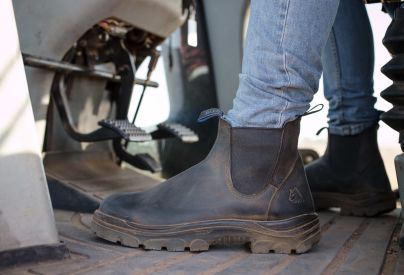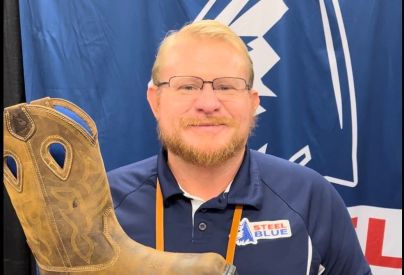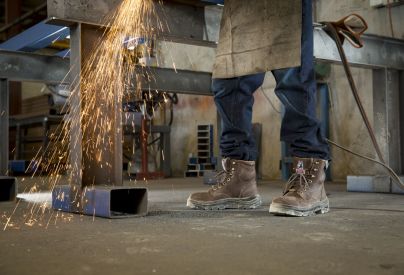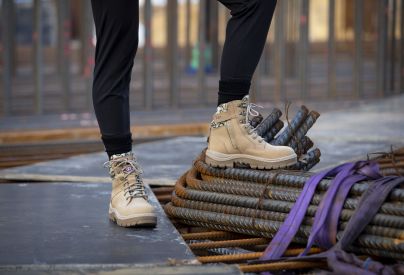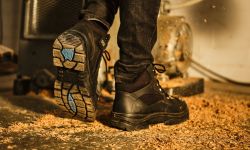How high-quality work boot soles are made (and why it matters)

Everything you need to know about direct injection vs glued soles
If you want to stay healthy and excel at your job, you need the right gear. That goes for steel cap boots, utes, hand tools and heavy equipment alike.
The way work boots are made matters. It might seem like a minor detail, but work boot construction plays a significant role in your safety, performance, comfort and whole-body health.
Here’s everything you need to know about how the best lightweight work boots are made, so you can get the right tools that really last.
Boot sole styles: Building from the ground up
The first step in choosing the most comfortable work boots is knowing which construction style meets the demands of your job. So before looking at safety features, fastening styles or boot care accessories, make sure your footwear is built to work as hard as you.
There are a few different ways to build work boots, the two most common methods being glued and direct injection.
Glued boot soles
Glued soles are a common process for producing work boots. But that doesn’t necessarily mean gluing is the best method.
Glued boot soles tend to detach and start ‘talking’ after a while.
At best, it’s annoying. At worst, your boots become a hazard that puts you directly in harm’s way.
How they’re made
The basic principle is pretty much what you would expect from the name. The sole and upper are made separately and attached using a special adhesive.
When the sole is glued directly to the upper, the process is called “Stuck-on” unit soling. It’s an economical way to make work boots, but you get what you pay for. Cheaper cemented boots tend to fall apart fast.
Some boot soles feature an additional layer of material sandwiched between the sole and upper. The layers are then stitched together in a “Goodyear Welt” process.
While welted boots are rugged, and the soles are replaceable, they still don’t stand up to direct injection.
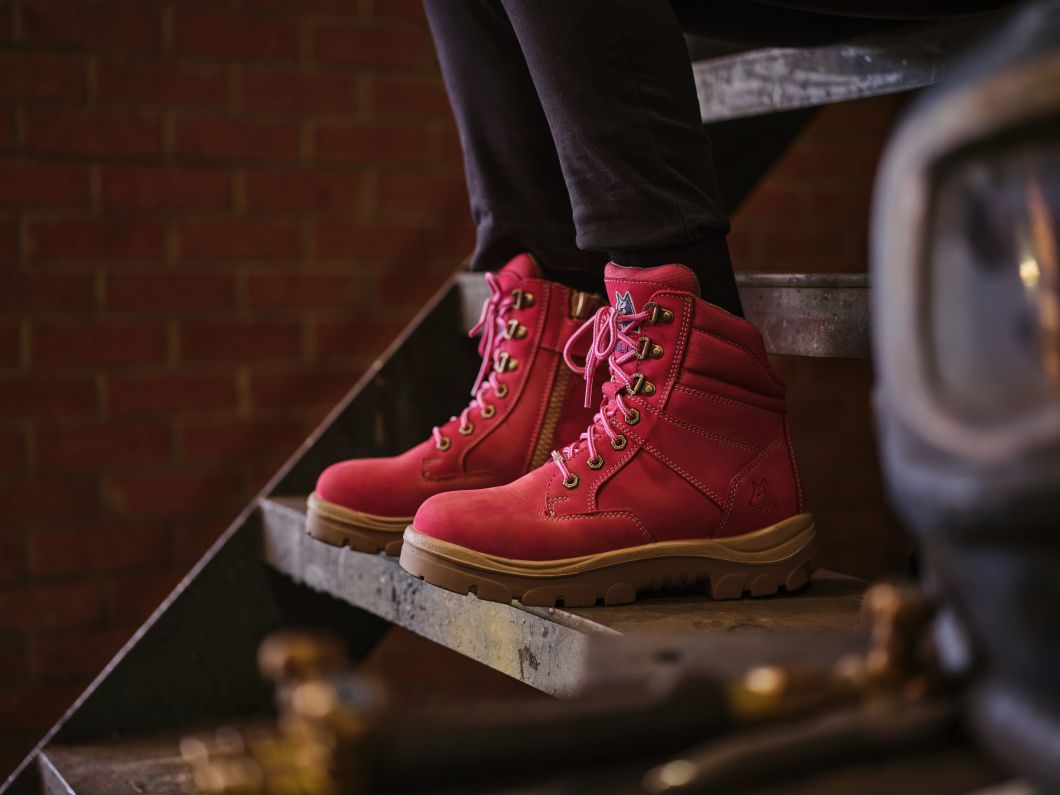
Direct injection work boots
Direct injection has several advantages over gluing and Goodyear Welt:
- Sole will not detach
- Greater flexibility
- Better shock absorption
- More traction
- Lighter weight
They’re more durable, safer, and supportive – all things you need to work hard and stay healthy.
How they’re made
In the direct injection process, a work boot’s sole is molded onto the pre-formed upper using specialized machines.
The sole begins as a molten material such as TPU or Nitrile. That liquid is injected into a mold, which then meets the upper, forming an unbreakable bond.
Unlike glued soles, direct injection creates high-performance work boots that feel and function like one complete piece of equipment.
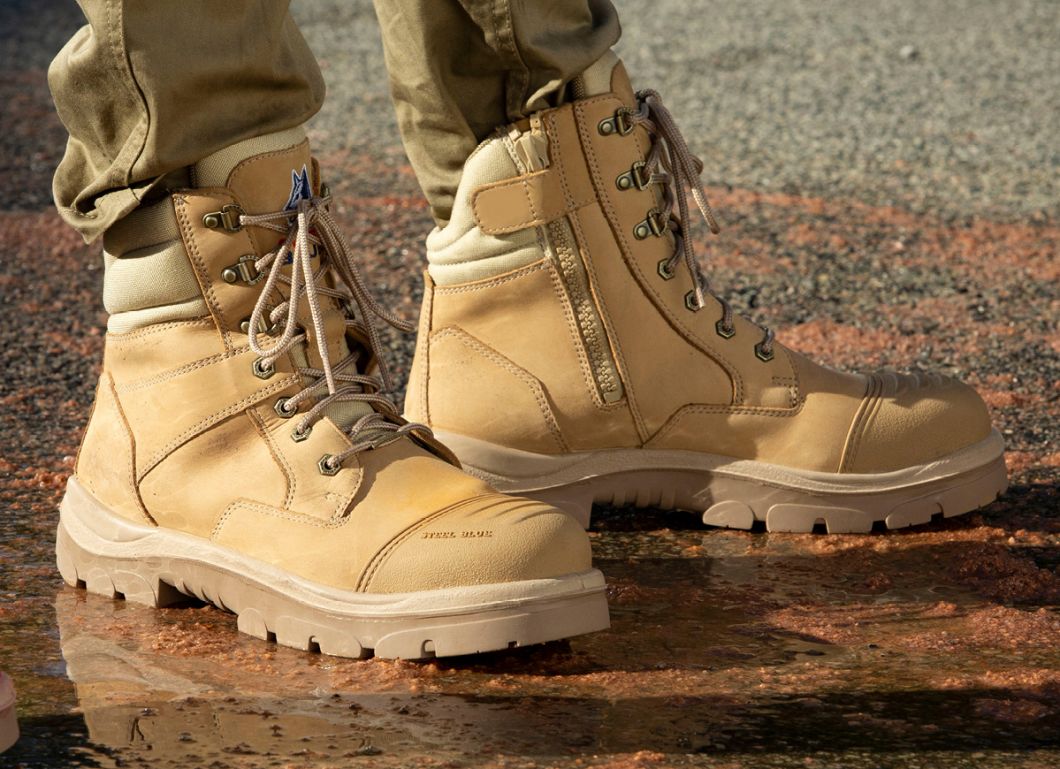
Why Steel Blue uses direct injection moulding to make our most comfortable work boots
There’s no room for poorly made work boots in today’s trades.
With slips, trips and falls causing tens of thousands of preventable injuries every year, work boots are both PPE and a productivity tool.
Every pair of Steel Blue boots is made using a highly refined direct injection model. Whether we’re making steel cap boots with heat-resistant Nitrile outsoles and boots with a met guard, or soft toe boots for light work, we take quality and comfort seriously.
Direct injection construction is just one of the innovations supporting every step in a pair of Steel Blue boots. Visit an authorized Steel Blue distributor to feel the difference exceptional footwear makes for yourself, and buy with the confidence of our 60-day 100% comfort guarantee.



